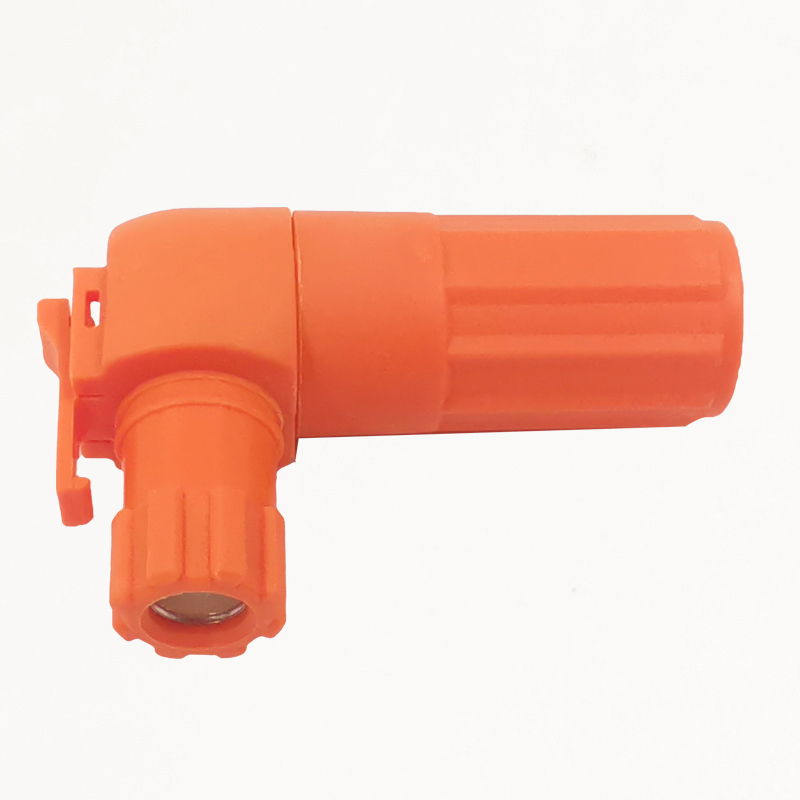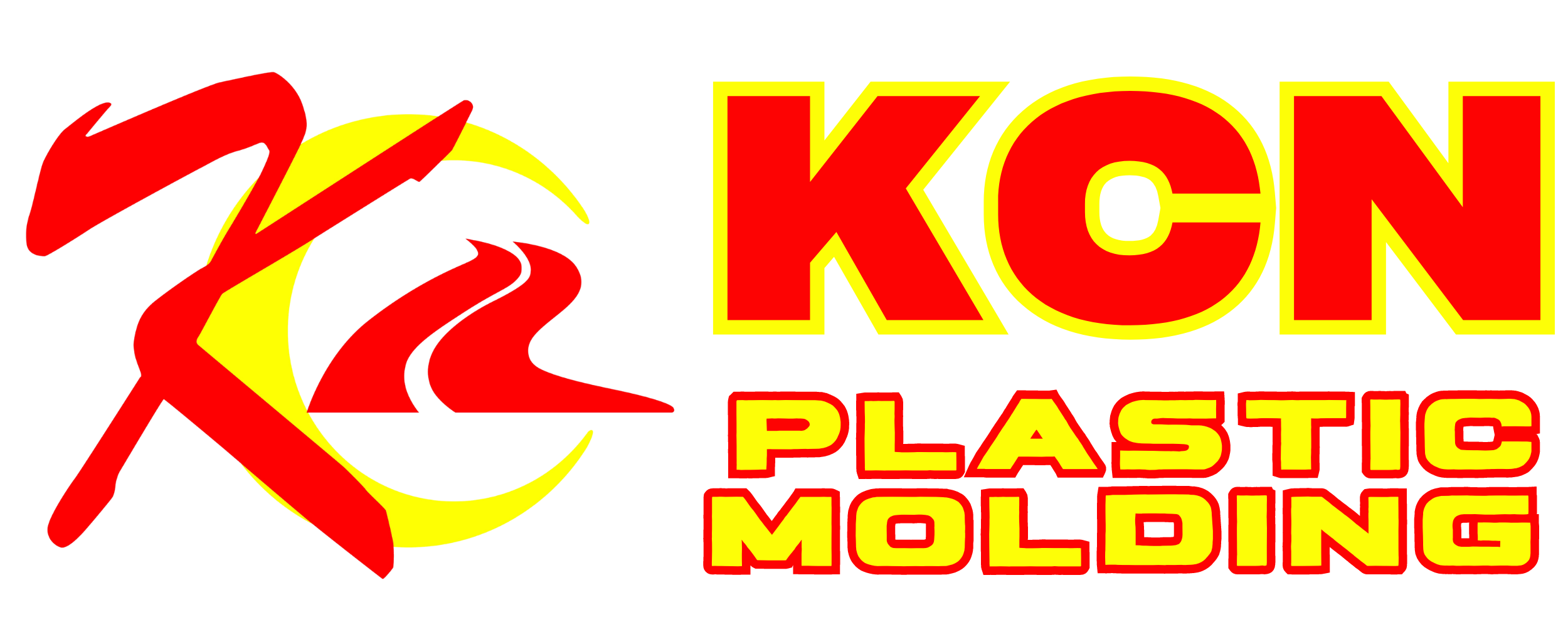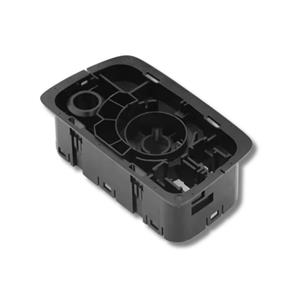Wie lang ist der Formenverarbeitungszyklus einer Kunststoffformenfabrik?
The mold processing cycle of a plastic mold factory is generally determined by factors such as the specific mold type, complexity, size, and production process. The length of the processing cycle directly affects the manufacturing time and production efficiency of the mold, so it is very important to accurately evaluate and control the mold processing cycle in a plastic mold factory. The following are some factors that affect the mold processing cycle and the processing cycle estimates for some common mold types.

1. Mold type and complexity: Different types of molds have different levels of complexity, and the processing cycle will vary from simple single-cavity molds to complex multi-cavity molds. Generally speaking, the more complex the mold, the longer the processing cycle will be. For example, injection molds, die-casting molds, and blow molds with complex shapes or details usually require longer processing times.
2. Mold size and weight: The size and weight of the mold also affect the processing cycle. Larger and heavier molds require more materials and longer processing times. For large molds, the processing cycle may be longer because more processes and more machine time are required to complete the processing and processing inspection.
3. Material selection: Commonly used materials in mold manufacturing include high-quality steels such as P20, H13, etc. Processing these materials may take longer and require higher process requirements because they have higher hardness and strength, requiring more processing steps and more precise processing technology.
4. Design and manufacturing process: The design and manufacturing process of the mold will also affect the processing cycle. Accurate mold design and efficient manufacturing process can shorten the processing cycle. At the same time, advanced manufacturing technology and equipment, such as CAD/CAM software and CNC machine tools, can improve processing efficiency and precision, thereby shortening the processing cycle.
5. Processing procedures and processes: Mold processing includes multiple processes, such as turning, milling, drilling, cutting, grinding, etc. The time and sequence of each process will affect the entire processing cycle. In addition, process steps such as mold surface treatment, heat treatment, assembly and debugging also require additional time. Therefore, when processing molds, it is necessary to reasonably plan and arrange the process flow to improve production efficiency and shorten the processing cycle.
It should be noted that the estimation of the processing cycle may vary depending on different mold factories and specific circumstances. Here are some common mold types and their cycle estimates:
- Simple injection molds: It usually takes a few days to a few weeks to complete the processing and debugging, depending on the complexity and size of the mold.
- Complex injection molds: The processing cycle may take weeks or months, depending on the complexity, size and number of parts of the mold.
- Die casting molds: The processing cycle is generally longer, and may take from several months to half a year, depending on the size, complexity and production requirements of the mold.
- Blow molds: The processing cycle is generally between several weeks and months, depending on the size, complexity and production requirements of the mold.
Please note that the above are just some common mold types. The actual situation may vary depending on specific needs and the manufacturing capabilities of the mold factory.
In summary, the mold processing cycle of a plastic mold factory is affected by many factors, including mold type and complexity, mold size and weight, material selection, design and manufacturing process, processing steps and processes, etc. Accurately evaluating and controlling the mold processing cycle is crucial for plastic mold factories to improve production efficiency, optimize product quality and reduce production costs.




